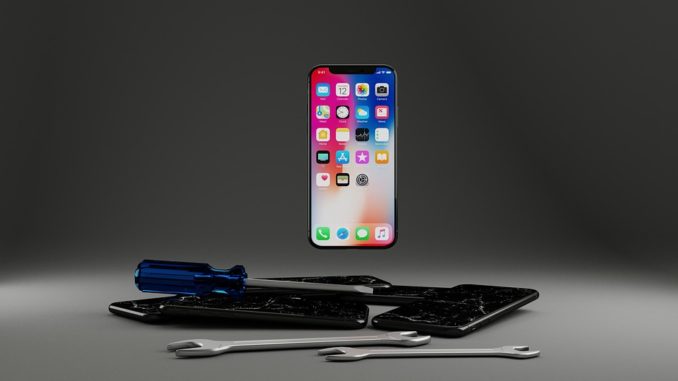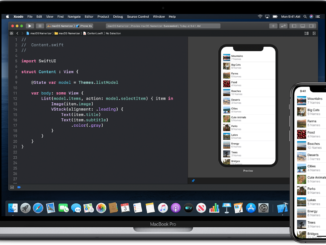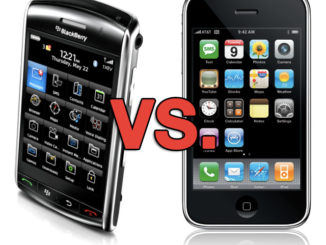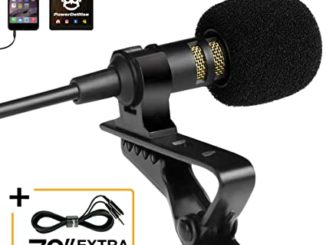
If you have purchased a do-it-yourself iPhone repair kit, it is not uncommon to encounter a few snags during the iPhone repair process. Take a deep breath, these are typically easily avoided or corrected with the right instructions and the right tools. If you have not yet begun the iPhone repair process, it is a good idea to read through this article to be aware of the most common problems that sometimes arise so you can avoid them altogether.
The most important thing to remember when performing DIY iPhone repair is to purchase quality repair parts. Be sure to only buy a repair kit from a trustworthy source with guaranteed parts. Using parts that are not guaranteed will only result in more issues with your iPhone in the long run. Trusted iPhone repair shops will supply you with a complete repair kit that includes the highest quality parts and tools, detailed instructions, customer service in case you encounter any issues, and a warranty.
Here are the most common iPhone 4 repair issues:
Antenna Issues
If you finish repairing your iPhone only to discover your phone has no signal, it could be an issue with the antenna. Sometimes when the antenna is disconnected the metal surrounding the antenna connection can get slightly bent. Use a nylon spudger to gently round out the metal before trying to reconnect the antenna again.
When reattaching the antenna here are a few things to keep in mind:
– Remember, there are four teeth that need to be correctly placed under the iPhone 4 frame
– Make sure the screw holding together the speaker assembly is screwed down tightly
– Check that the antenna wire is securely clipped down on the logic board
If you are still not getting a signal, try resetting your network connections.
Logic Board Issues
If you are having trouble detaching the logic board, it is possible that not all of the screws have been removed. The logic board is held in place by three screws and the SIM card. One of the three screws is covered by a white water sensor. The SIM card will hold the logic board in place even if the screws have been removed. To easily take out the SIM card use a thumb tack or paper clip to gently press in on the SIM card tray and it will slide out.
To safely remove the logic board it is best to start at the base and gently lift up. Remember, there are 6 connections that must be unclipped from the logic board before it is removed. Be sure that the logic board doesn’t touch the antenna connection during the iPhone repair process.
iPhone 4 Battery Replacement
When replacing the battery in your iPhone, be sure to NOT use any metal instruments when removing the electrical connection. This could result in the electrical connection short circuiting. Instead use a nylon spudger often included in iPhone repair kits.
When removing the battery, the plastic pull tab sometimes tears off. Using a tool such a nylon spudger as a lever to gently pry the battery out is more effective.
If you find your iPhone will not turn on after performing iPhone repair, first, check to make sure that the battery is securely connected. If the battery was reattached properly, try a hard reset on your phone (press and hold the Sleep/Wake button and the Home button for 10 seconds until the Apple logo appears). If this does not correct the issue, plug your phone into the power outlet or connect to iTunes.
Good luck with your iPhone repair!
Proudly WWW.PONIREVO.COM



